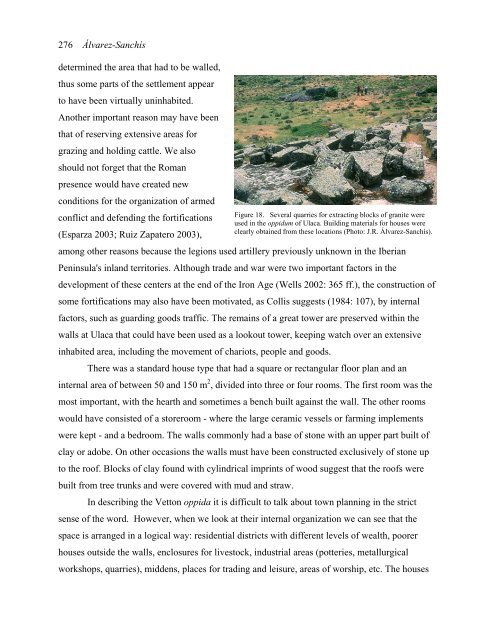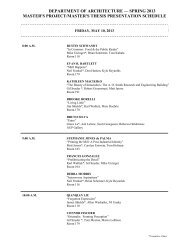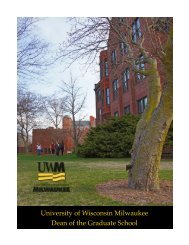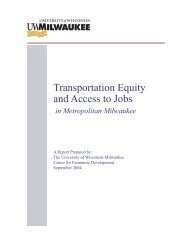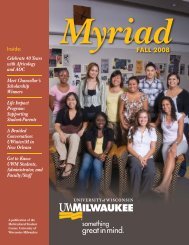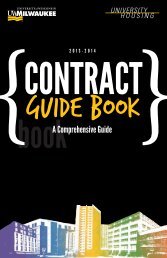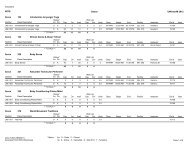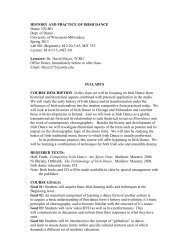Oppida and Celtic society in western Spain
Oppida and Celtic society in western Spain
Oppida and Celtic society in western Spain
Create successful ePaper yourself
Turn your PDF publications into a flip-book with our unique Google optimized e-Paper software.
276 Álvarez-Sanchís<br />
determ<strong>in</strong>ed the area that had to be walled,<br />
thus some parts of the settlement appear<br />
to have been virtually un<strong>in</strong>habited.<br />
Another important reason may have been<br />
that of reserv<strong>in</strong>g extensive areas for<br />
graz<strong>in</strong>g <strong>and</strong> hold<strong>in</strong>g cattle. We also<br />
should not forget that the Roman<br />
presence would have created new<br />
conditions for the organization of armed<br />
conflict <strong>and</strong> defend<strong>in</strong>g the fortifications<br />
(Esparza 2003; Ruiz Zapatero 2003),<br />
among other reasons because the legions used artillery previously unknown <strong>in</strong> the Iberian<br />
Pen<strong>in</strong>sula's <strong>in</strong>l<strong>and</strong> territories. Although trade <strong>and</strong> war were two important factors <strong>in</strong> the<br />
development of these centers at the end of the Iron Age (Wells 2002: 365 ff.), the construction of<br />
some fortifications may also have been motivated, as Collis suggests (1984: 107), by <strong>in</strong>ternal<br />
factors, such as guard<strong>in</strong>g goods traffic. The rema<strong>in</strong>s of a great tower are preserved with<strong>in</strong> the<br />
walls at Ulaca that could have been used as a lookout tower, keep<strong>in</strong>g watch over an extensive<br />
<strong>in</strong>habited area, <strong>in</strong>clud<strong>in</strong>g the movement of chariots, people <strong>and</strong> goods.<br />
There was a st<strong>and</strong>ard house type that had a square or rectangular floor plan <strong>and</strong> an<br />
<strong>in</strong>ternal area of between 50 <strong>and</strong> 150 m 2 Figure 18. Several quarries for extract<strong>in</strong>g blocks of granite were<br />
used <strong>in</strong> the oppidum of Ulaca. Build<strong>in</strong>g materials for houses were<br />
clearly obta<strong>in</strong>ed from these locations (Photo: J.R. Álvarez-Sanchís).<br />
, divided <strong>in</strong>to three or four rooms. The first room was the<br />
most important, with the hearth <strong>and</strong> sometimes a bench built aga<strong>in</strong>st the wall. The other rooms<br />
would have consisted of a storeroom - where the large ceramic vessels or farm<strong>in</strong>g implements<br />
were kept - <strong>and</strong> a bedroom. The walls commonly had a base of stone with an upper part built of<br />
clay or adobe. On other occasions the walls must have been constructed exclusively of stone up<br />
to the roof. Blocks of clay found with cyl<strong>in</strong>drical impr<strong>in</strong>ts of wood suggest that the roofs were<br />
built from tree trunks <strong>and</strong> were covered with mud <strong>and</strong> straw.<br />
In describ<strong>in</strong>g the Vetton oppida it is difficult to talk about town plann<strong>in</strong>g <strong>in</strong> the strict<br />
sense of the word. However, when we look at their <strong>in</strong>ternal organization we can see that the<br />
space is arranged <strong>in</strong> a logical way: residential districts with different levels of wealth, poorer<br />
houses outside the walls, enclosures for livestock, <strong>in</strong>dustrial areas (potteries, metallurgical<br />
workshops, quarries), middens, places for trad<strong>in</strong>g <strong>and</strong> leisure, areas of worship, etc. The houses


